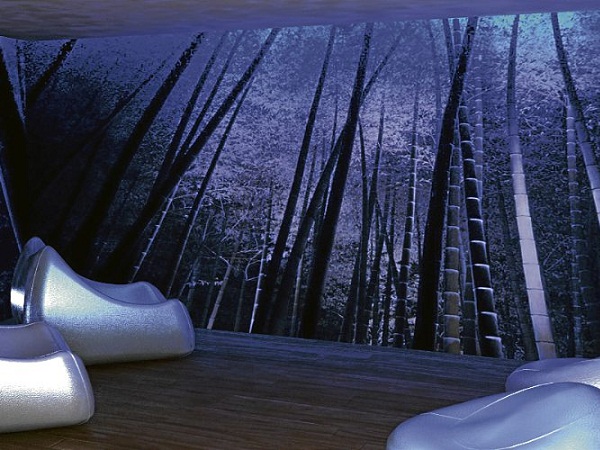
THE LOUNGE space in this BPO was designed to specific requirements, having to reflect the ‘mood’ or ‘feel’ of a calming and relaxing otherworld. So near, yet so visually distant, from the adjoining workspaces spaces.
Are you about to consult an architect or interior designer? If so, don’t expect them to know what you want for your spaces. You’d be surprised at how varied home, work and hospitality lifestyles have become, with no real standards for “typical” spatial requirements.
A consultant will prefer to start from a blank sheet and make no assumptions as to what you want or need. Living styles and standards have evolved dramatically, and even corporate spaces have developed into so many characterizations that they have begun to look not so very corporate. In the hospitality industry, the introduction of “hip hotels” many years back has since influenced the profusion of smaller, more original establishments. Restaurants, retail shops and even schools and hospitals operate under their own terms, creating uniqueness in both design and function.
So before you sit down with a design professional, here are five of the most important questions you need to reflect upon and prepare answers for a worthy discussion:
1 What spaces do you need? Different strokes for different folks. Some homes require the usual spaces, but some need more unique areas like a small prayer room, or a massage room. I once worked on a home that had five kitchens (yes, five!), each assigned its own function and users. Offices may require a walk-in vault, a spacious changing room with a toilet and shower, or even a sound-proofed meeting room for disgruntled customers.
2 Which spaces need to relate to each other? Kitchen beside the dining room is a no-brainer, but how about other areas like the study? The TV room? The huddle rooms? A breakout lounge? The adjacency of spaces contributes to the success of each one, as the flow of activities from one space onto another is what will make the spaces functional and user-friendly.
3 Who will be using these spaces? Demographics matter. Scale matters. I’m currently working on a toilet and washroom for children where the urinals are mounted lower for their 6-year-old users. And because the breadths of their bodies are much narrower than grown-ups, we managed to provide four lavatories in a space that would accommodate only two for grown adults. For another generation like the elderly, considerations become more serious and are paramount to their well-being and safety; while for spaces where users are multicultural, there will have to be some middle ground to satisfy differences in behavior pattern.
4 What mood or “feel” would you like this space to have? The textures and colors of the various design elements, and the tone of lighting—whether cool or warm—sets the ambience of a space. Many factors contribute to the feel, including the physical features themselves, like the ceiling heights and the configuration of the walls. These can contribute to either a sense of serenity or activity, or of being alienated or cocooned. The mood is best established at conceptualization where all the elements can be balanced and worked into the preferred “feel.”
5 What is the overall budget? We all like to aim for the stars and desire the very best, but when it comes to the technical realities, its better to start off with both feet on the ground. Your design professional can manage your requirements, guide you in determining your wants from your needs, manage expectations and manage probable costs. Opportunities for value-engineering exist as early as the conceptualization phases. Design work is a balancing act.
Ultimately, your design professional’s role is to put your requirements together within your stipulated budget, and create spaces to satisfy those needs. For a productive first discussion, it is important that you know what you want and come to the discussion table prepared.
Contact the author through designdimensions@abi.ph or through our Asuncion Berenguer Facebook account.